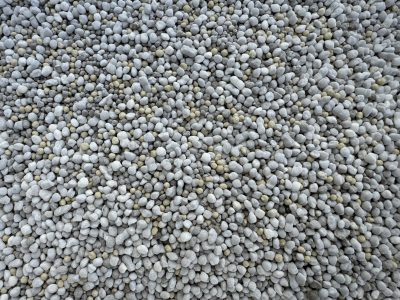$732.00/t
A blend of TSP, DAP, MAP and SOA, containing optimum ratios of ammonium N, water-soluble P and sulphate S for rapid pasture production while taking advantage of the lower cost phosphate component obtained from TSP.

Triple Ammo is a versatile and cost effective form of nitrogen, phosphate and sulphate. Triple Ammo blends well with most other fertilisers making it a good base to build a complex fertiliser blend from.
The benefits of using Triple Ammo:
The Triple Ammo blend takes into consideration both nutrient quantities and individual product costs when determining what is the most efficient product blend. Therefore, as individual product prices change the Triple Ammo blend may be adjusted to ensure optimum nutrient efficiency is obtained.
When applying larger phosphate applications, water soluble phosphate such as that obtained in Triple Ammo can lose efficiency in some soil types that have a limited ability to hold onto phosphate. In these situations we recommend full or partial use of a non-water soluble form of phosphate such as DDPhos Granulated RPR. For more information speak to your Dickie Direct Area Manager.
Copyright 2024 Dickie Direct | Terms and Conditions | Website by MRD Web